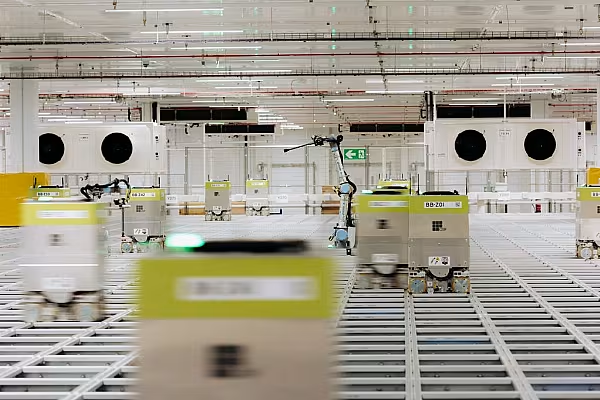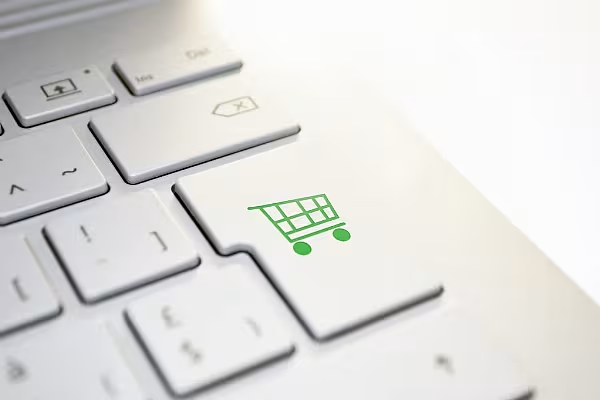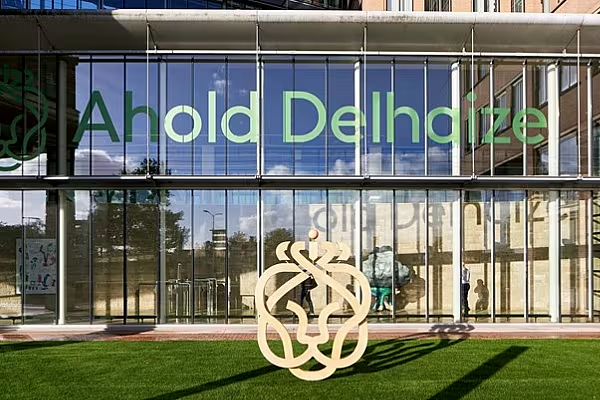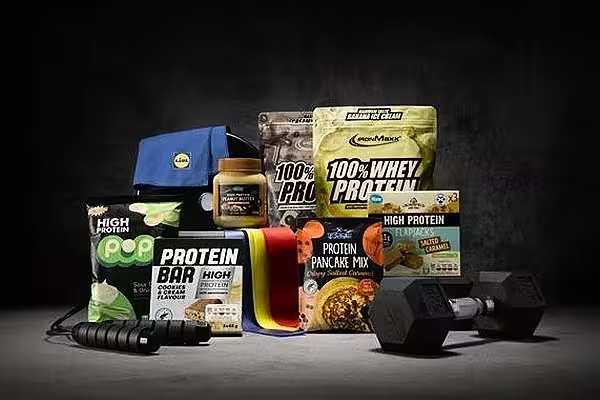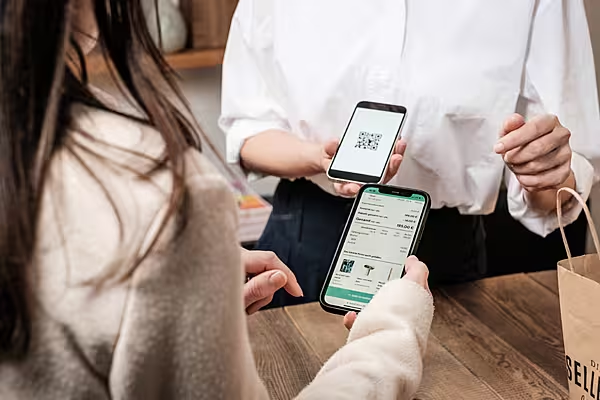Online shoppers hate paying delivery fees. So Instacart Inc. is getting Pepsi to foot the bill.
The grocery delivery startup is working with General Mills Inc., Nestlé SA, PepsiCo Inc., Unilever NV, and other consumer goods makers to cover the cost of delivery or provide other discounts when customers buy their products. In addition to the coupons, the companies pay Instacart to advertise on its website. Since introducing the programme about six months ago, it now accounts for 15 percent of Instacart’s revenue, said Apoorva Mehta, the company’s chief executive officer.
Shoppers can find discounts when filling up their carts with brands such as Degree, Doritos, DiGiorno, Häagen-Dazs, Quaker Oats, and Stella Artois. Instacart ads promise free delivery if you spend $10 on Red Bull, or consumers can get 75 cents off any Dove soap. Mehta compares the ads to those offered on the side of Google search results. "It’s like AdWords for groceries," he said.
In its quest to build a profitable business, Instacart is searching for new sources of revenue that won’t turn off shoppers. The company, which was valued at $2 billion by investors last year, had previously made up some of its costs by selling products for more than what the grocery stores charged. Customers complained, and Instacart backtracked. The company said it costs much more to deliver an order than the $5.99 it charges shoppers, but customers are unwilling to pay more.
"People resist paying for delivery because in their minds, it’s something they previously paid $0 for when they picked up their own groceries," said Nir Eyal, an author who studies how people form habits around technology and teaches at schools such as Stanford University. "Of course, that’s silly because time also has value, but people don’t see it that way."
This fact isn’t lost on other e-commerce companies. Amazon.com Inc. lures repeat customers to its $99-a-year Prime membership with fast, free delivery. Its upstart rival, Jet.com Inc., encourages shoppers to order in bulk to receive discounts in exchange for reducing the company’s delivery expenses. Postmates, a startup that typically charges as much as $10 for delivery from restaurants, reduces that cost to $2.99 or $3.99 when a restaurant pays the company a commission of 15 per cent to 20 per cent on the order. Since launching the programme about a year ago, partner restaurants now account for more than 35 per cent of orders, Postmates said.
When Instacart realized shoppers wouldn’t cover the bill for delivery, the company started by going after deeper pockets: retailers such as Whole Foods Market Inc., Costco Wholesale Corp., and Target Corp. Once stores partner with Instacart, the formula shifts. Most partners choose to list items for the same price online as in store. (Since April, Instacart has more clearly labeled when it’s charging a markup on products.) To compensate Instacart for the increased sales volume it drives, the stores pay the e-commerce company a commission on every item sold through its site. Instacart declined to say how much or what percentage of revenue those fees account for.
One retail partner has been particularly enamored with Instacart. Whole Foods plans to invest in the delivery startup and sign a five-year agreement, tech website Re/code reported last month. Instacart declined to comment. The company now counts at least 100 retailers as partners, up from 30 barely more than a year ago. The "vast majority" of Instacart’s sales are through partner stores, said Vishwa Chandra, the company’s vice president of retail accounts.
Early results from the advertising program are also encouraging. Nestlé ran two campaigns last year offering free delivery to Instacart customers who ordered $15 of DiGiorno frozen pizzas or Häagen-Dazs super-premium ice cream. Rui Barbas, a US vice president at Nestlé, said he was "happy with the results."
Instacart said the newer business arrangements are helping it bolster profit margins. Delivery fees paid by customers now make up less than half of the company’s total revenue, which grew fivefold in the past year. Instacart said it’s "profitable" in four cities, including its biggest two, San Francisco and Chicago. It said 40 per cent of the company’s volume is profitable – meaning most orders still lose money. It also said it will be profitable globally by summer. However, its calculation for profitability doesn’t include the cost of office space, the cost of acquiring shopper workers, or the salaries of its executives, engineers, designers, or other employees based at its San Francisco headquarters.
To further reduce costs, Instacart increased delivery fees $2 per order and cut some staff in December. The company has raised $275 million from investors since debuting in 2012. Instacart is confident it can grow into a sustainable business—so much so that the CEO said he doesn’t plan to raise venture capital again.
News by Bloomberg, edited by ESM. To subscribe to ESM: The European Supermarket Magazine, click here.

